Space Un celebrates contemporary African art, community and connection in Japan
Space Un, a new art venue by Edna Dumas, dedicated to contemporary African art, opens in Tokyo, Japan
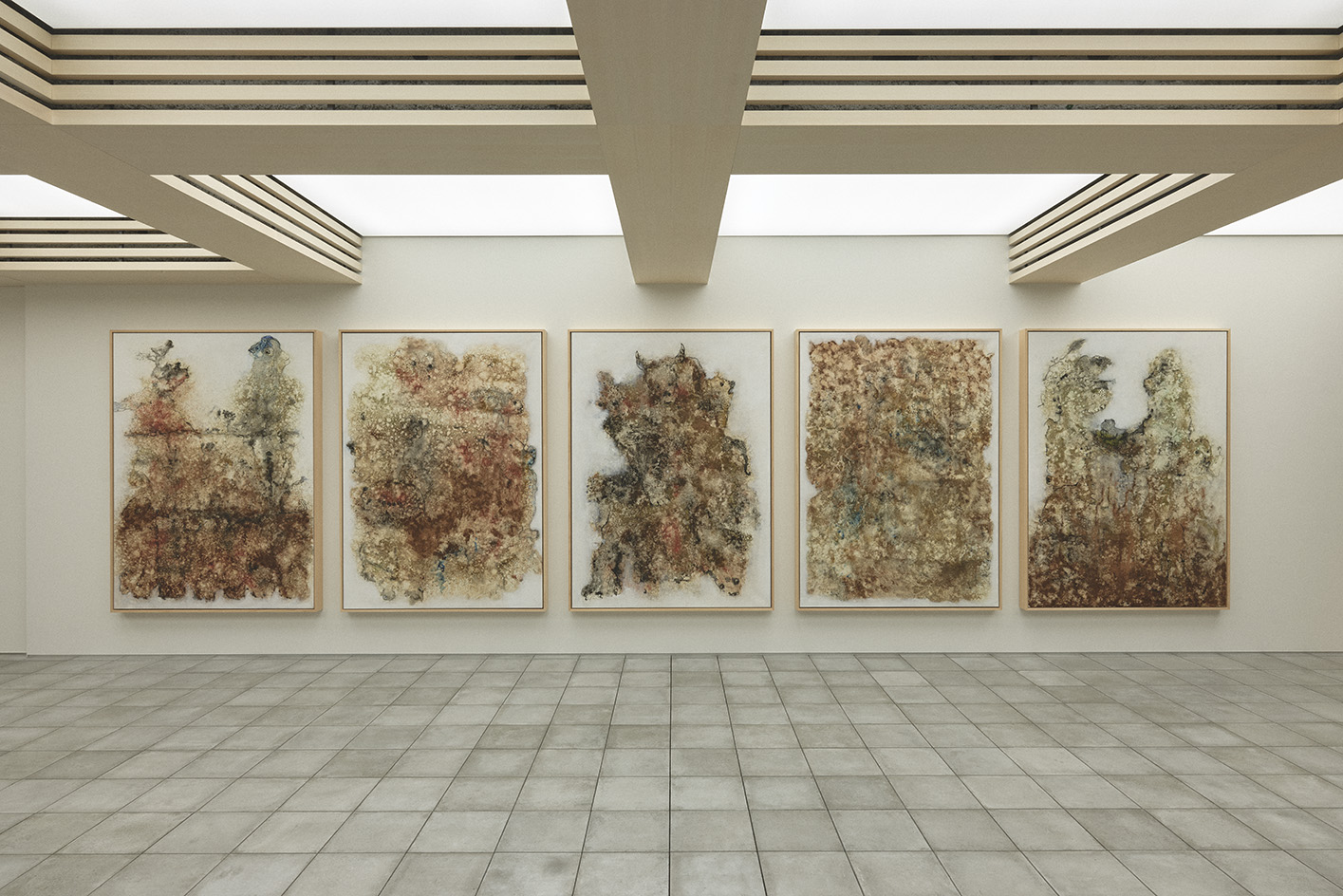
Space Un embodies the French-Cameroonian roots of its creator, collector Edna Dumas; her experience as a contemporary African art collector; and her insights from living long-term in Japan. The newly launched creative hub in the heart of Tokyo was co-founded by actor and artist Yuta Nakano and entrepreneur Lothar Eckstein, and it was designed by architect Go Hasegawa.
Dumas explains: 'It's a space to bring people together. “Un” means one in French, but also explores themes of unity.' Inaugurated with work by Senegalese artist Aliou Diack, Space Un juxtaposes Senegalese artworks with Japanese material contexts, facilitating conversations on the intercontinental, cultural exchange between Africa and Asia.
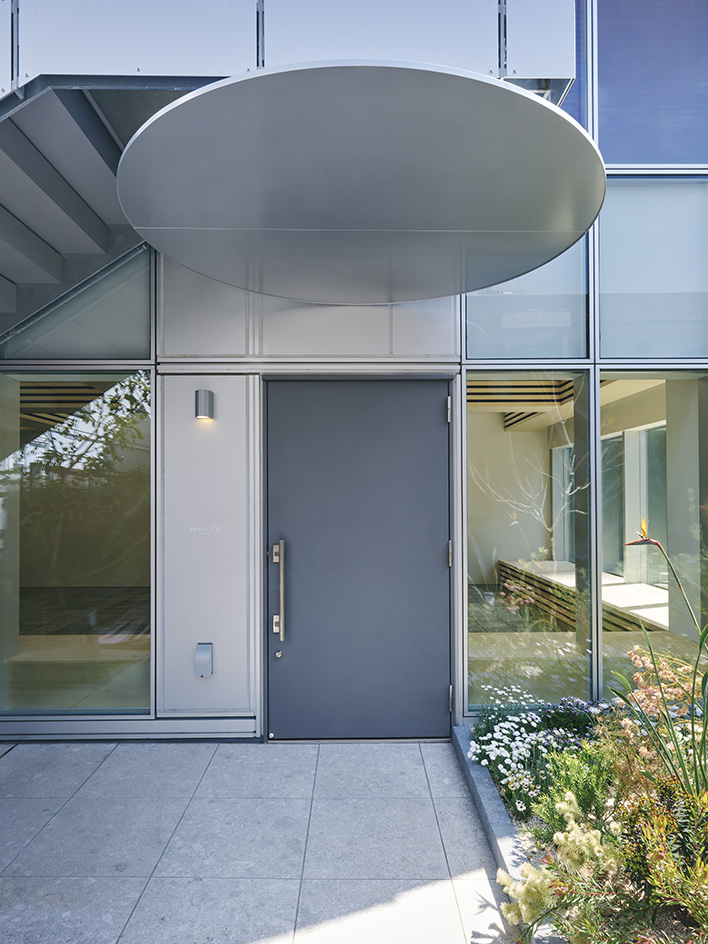
Space Un: Tokyo art scene’s newcomer dedicated to contemporary African art
Space Un is located in Tokyo's Aoyama, between the cultural and commercial hubs of Roppongi and Shibuya. Strategically positioned in this bustling area, Space Un aims to attract as many potential collectors, art enthusiasts and new audiences as possible.
Dumas says: 'Contemporary African art is sadly under-represented in this part of the world.' Through Space Un’s wider programming, she aims to challenge preconceptions and stereotypes of contemporary African art in Japan and beyond.
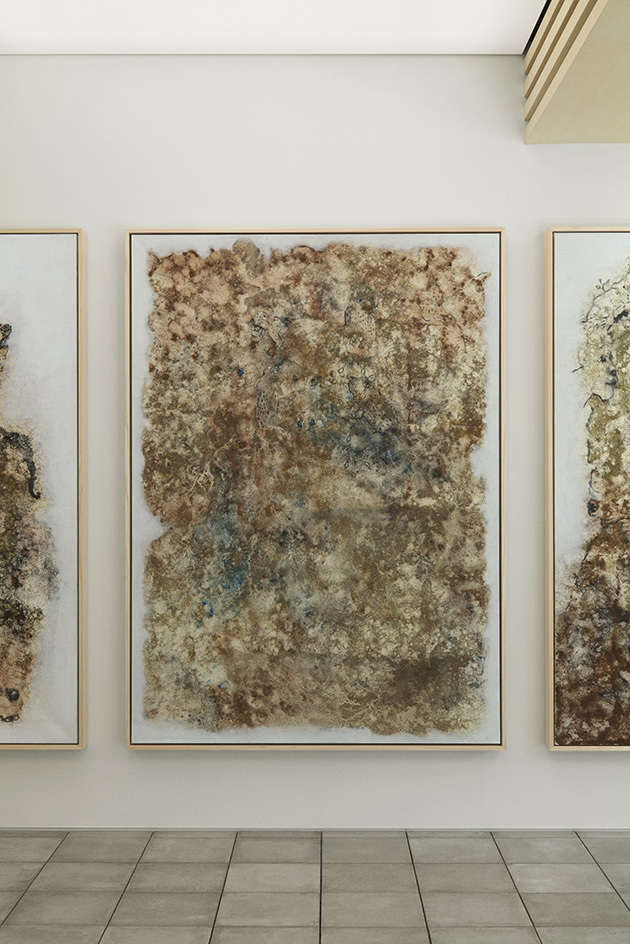
The project's architect was keen for his design to address Space Un as a fundamental space for communication, beyond the stereotypical image of an art gallery. To that effect, the venue’s wide, street-side glass window is lined with an L-shaped bench that encourages visitors to stay, enjoy the café and continue to engage with the space.
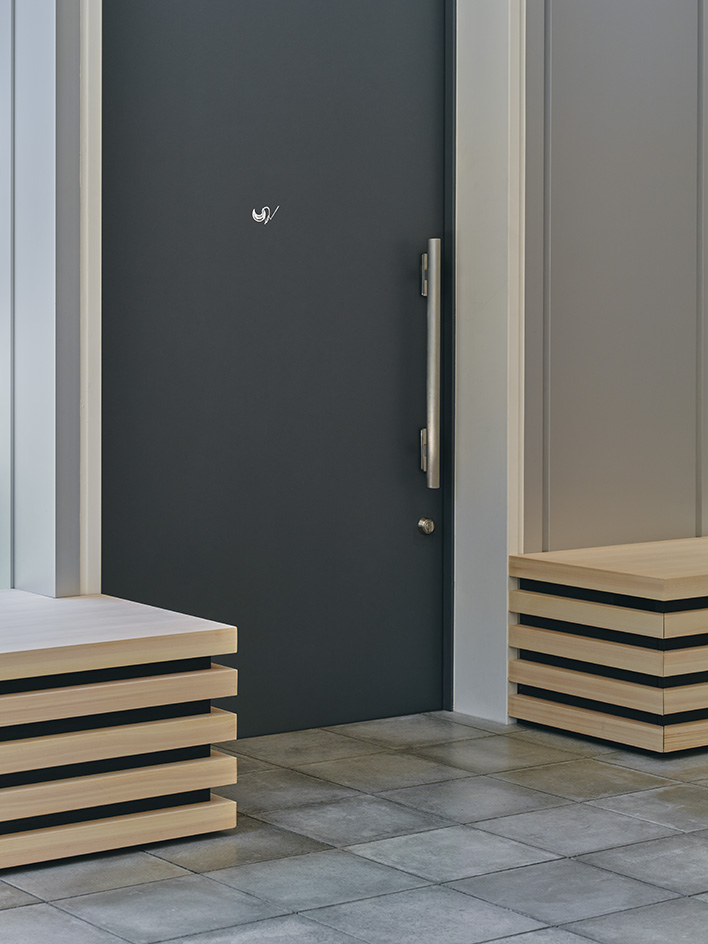
'We made the bench with Japanese cypress from Yoshino, a very precious, premium wood, often used for important shrines in Japan,' Hasegawa continues. He paired it with sourced tables from Cameroon, Togo and Nigeria: 'It's a meeting between the Japanese bench and the West African table.'

Inside, Hasegawa designed a bespoke frame structure for the ceiling, to conceal pre-existing steel beams. There were two more reasons behind this gesture. The first was to create a space for storing equipment for future shows, and the second was his intention to celebrate the shoji; the room partition devices used in traditional Japanese architecture, typically made of paper and lattice frames of cypress wood.
Receive our daily digest of inspiration, escapism and design stories from around the world direct to your inbox.
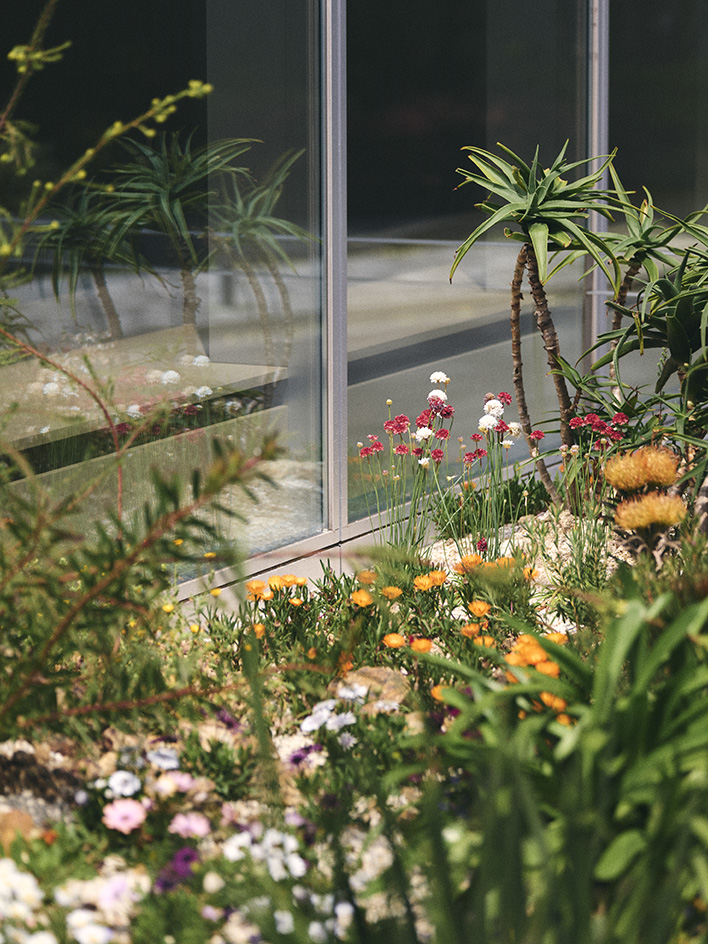
The gallery's design extends outside, to the landscaping of a small garden, which features indigenous African plants. Hasegawa flags that it already stops passersby in their tracks: 'Even for the people who do not enter, the garden acts as a second gallery for this space.'
'Art for me is this universal language,’ says Dumas. ‘You can be Japanese, or Senegalese, but when you are in front of art, sculpture, or performance, it speaks to you. This is what I want the audience to feel like when they come to that space. To say, ”I understand, I feel at home”,’ says Dumas.

Launched alongside the physical gallery, the Space Un Residency Program invites contemporary African artists to visit Japan and produce work from Hasegawa’s Yoshino Cedar House, originally constructed in 2017 as part of Airbnb’s House Visions project. Artist Aliou Diack has already spent a month there producing work for the current exhibition at Space Un. Hasegawa explains that 'there is already a lot of communication between the African artists and Yoshino rural people - they made the frames for Diack’s artworks'.
Dumas says: 'I would love the Japanese audience to be taken by contemporary African art – to have the experience of seeing something other than what they have been accustomed to [...] I think the space will bring something new thematically and hopefully, they will embrace diversity and find something in common.'
Nana Ama Owusu-Ansah is a writer and photographer from London. She first wrote for Wallpaper* in 2021, in a series on the new vanguard of African designers practising in Africa and its diaspora. She is drawn to projects centring on decolonial approaches to art, architecture, as well as community and sustainability. Nana Ama read Economics and Spanish at University of St Andrews, and, as an avid linguist, is passionate about using accessible language to invite new audiences to engage in design discourse.
-
 Volvo’s quest for safety has resulted in this new, ultra-legible in-car typeface, Volvo Centum
Volvo’s quest for safety has resulted in this new, ultra-legible in-car typeface, Volvo CentumDalton Maag designs a new sans serif typeface for the Swedish carmaker, Volvo Centum, building on the brand’s strong safety ethos
-
 We asked six creative leaders to tell us their design predictions for the year ahead
We asked six creative leaders to tell us their design predictions for the year aheadWhat will be the trends shaping the design world in 2026? Six creative leaders share their creative predictions for next year, alongside some wise advice: be present, connect, embrace AI
-
 10 watch and jewellery moments that dazzled us in 2025
10 watch and jewellery moments that dazzled us in 2025From unexpected watch collaborations to eclectic materials and offbeat designs, here are the watch and jewellery moments we enjoyed this year
-
 This Fukasawa house is a contemporary take on the traditional wooden architecture of Japan
This Fukasawa house is a contemporary take on the traditional wooden architecture of JapanDesigned by MIDW, a house nestled in the south-west Tokyo district features contrasting spaces united by the calming rhythm of structural timber beams
-
 Take a tour of the 'architectural kingdom' of Japan
Take a tour of the 'architectural kingdom' of JapanJapan's Seto Inland Sea offers some of the finest architecture in the country – we tour its rich selection of contemporary buildings by some of the industry's biggest names
-
 Matsuya Ginza lounge is a glossy haven at Tokyo’s century-old department store
Matsuya Ginza lounge is a glossy haven at Tokyo’s century-old department storeA new VIP lounge inside Tokyo’s Matsuya Ginza department store, designed by I-IN, balances modernity and elegance
-
 The Architecture Edit: Wallpaper’s houses of the month
The Architecture Edit: Wallpaper’s houses of the monthThis September, Wallpaper highlighted a striking mix of architecture – from iconic modernist homes newly up for sale to the dramatic transformation of a crumbling Scottish cottage. These are the projects that caught our eye
-
 Utopian, modular, futuristic: was Japanese Metabolism architecture's raddest movement?
Utopian, modular, futuristic: was Japanese Metabolism architecture's raddest movement?We take a deep dive into Japanese Metabolism, the pioneering and relatively short-lived 20th-century architecture movement with a worldwide impact; explore our ultimate guide
-
 A new Tadao Ando monograph unveils the creative process guiding the architect's practice
A new Tadao Ando monograph unveils the creative process guiding the architect's practiceNew monograph ‘Tadao Ando. Sketches, Drawings, and Architecture’ by Taschen charts decades of creative work by the Japanese modernist master
-
 A Tokyo home’s mysterious, brutalist façade hides a secret urban retreat
A Tokyo home’s mysterious, brutalist façade hides a secret urban retreatDesigned by Apollo Architects, Tokyo home Stealth House evokes the feeling of a secluded resort, packaged up neatly into a private residence
-
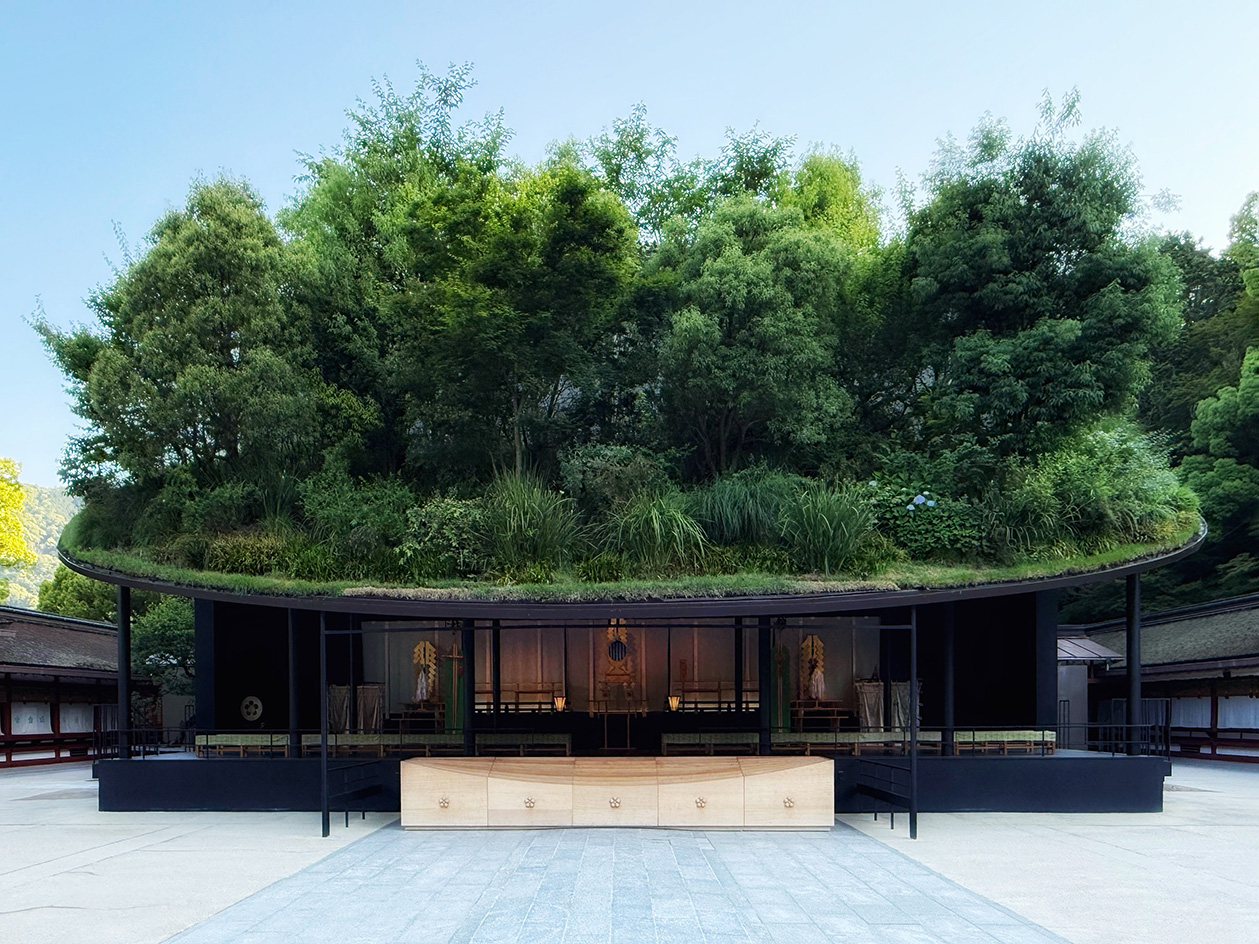 Landscape architect Taichi Saito: ‘I hope to create gentle landscapes that allow people’s hearts to feel at ease’
Landscape architect Taichi Saito: ‘I hope to create gentle landscapes that allow people’s hearts to feel at ease’We meet Taichi Saito and his 'gentle' landscapes, as the Japanese designer discusses his desire for a 'deep and meaningful' connection between humans and the natural world